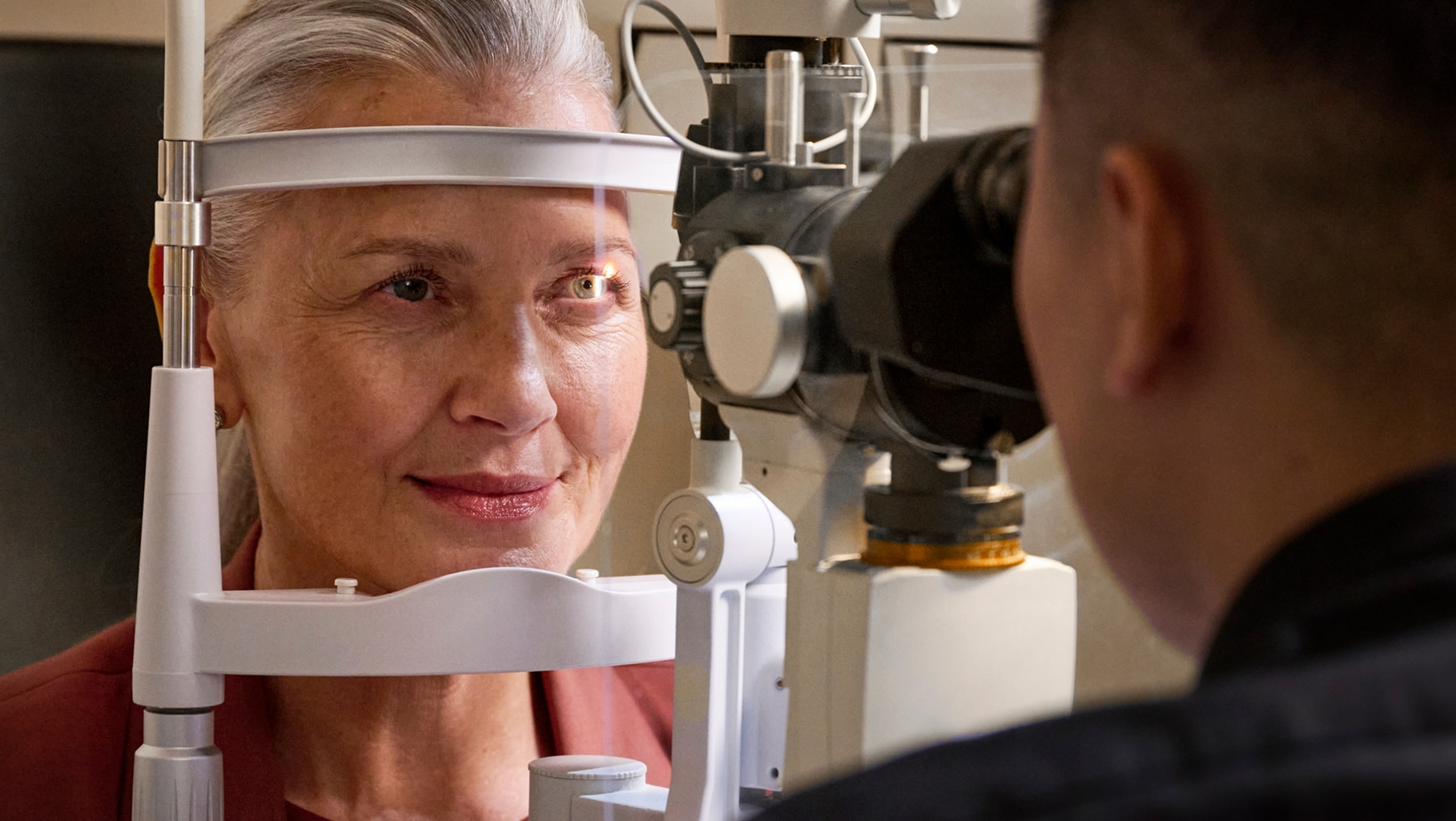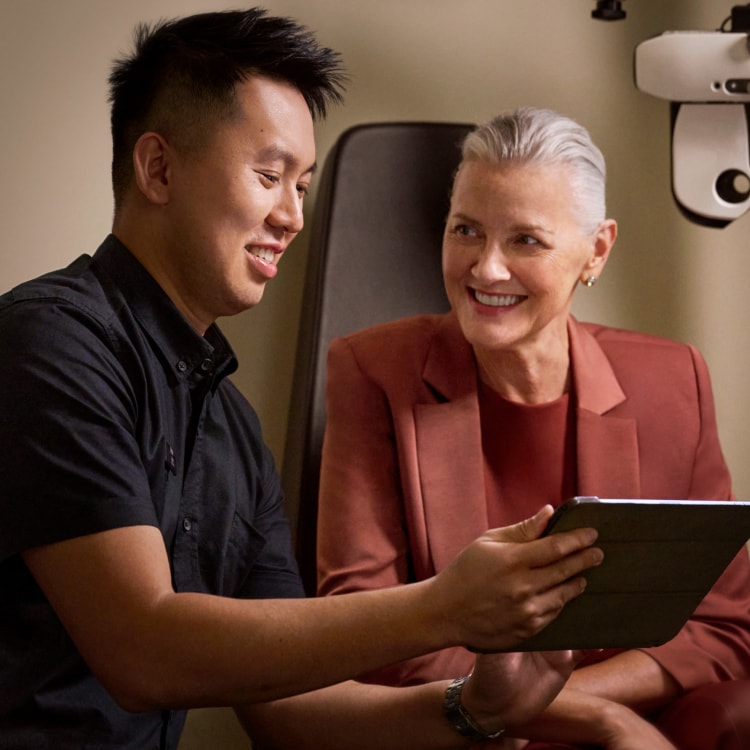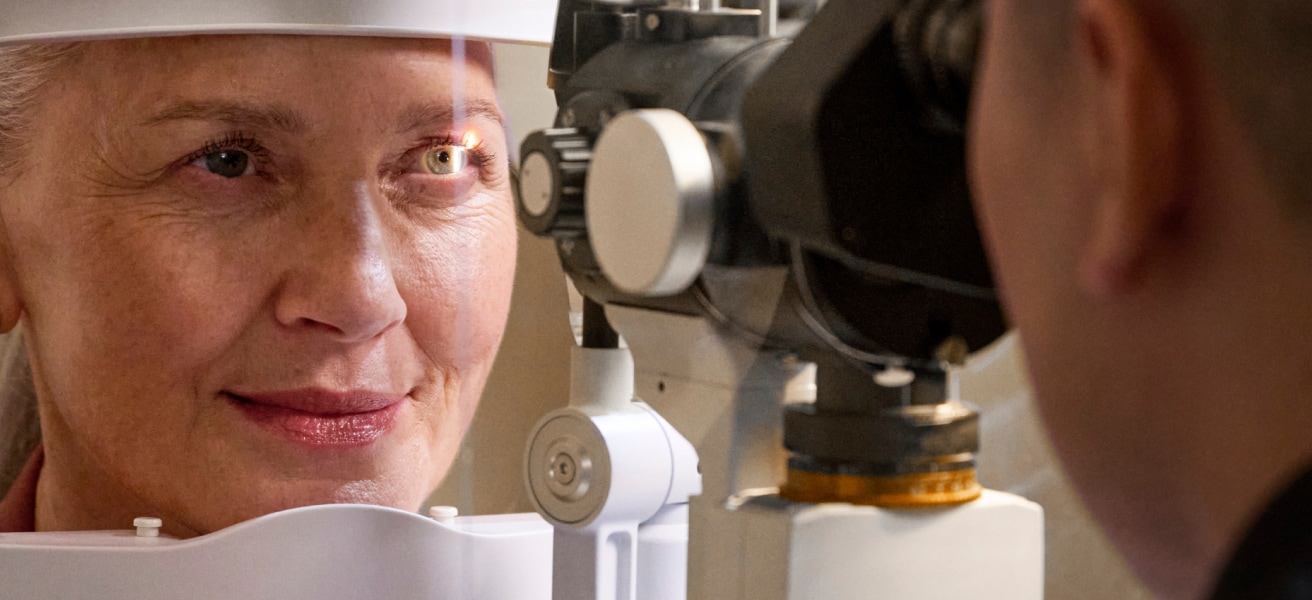-
Contact lenses
Type and Frequency
Daily Fortnightly Monthly Toric Multifocal
Brand
Acuvue Dailies Biofinity OPSM View all brands
Solutions & Accessories Subscribe & Save 25%Reorder your contacts View all contacts
 Shop now
Shop now^Further T&Cs apply.
-
Glasses
Shop by our picks
New Arrivals Best SellersRay-Ban | MetaNewOakley | MetaNew
Shop by offer
Sale | Up to 50% off
Shop by lenses
Transitions®
Shop by brand
Ray-Ban Oakley Miu Miu Versace
Find your Frame VIEW ALL GLASSES
 Shop now
Shop now*In store only. When purchased as part of a complete pair (frame and lenses). T&Cs apply.
-
Sunglasses
Shop by our picks
New Arrivals Best SellersRay-Ban | MetaNewOakley | MetaNew
Shop by offer
Seasonal Promo Sale | Up to 50% off
Shop by lenses
Oakley® Prizm™ Lenses
Shop by brand
Ray-Ban Oakley Prada Ralph
Find your Frame VIEW ALL SUNGLASSES
 Shop now
Shop now*In store only. When purchased as part of a complete pair (frame and lenses). Further T&Cs apply.
-
-
Brands
a - z
Alain Mikli Armani Exchange Arnette Brooks Brothers Brunello Cucinelli Burberry Coach Costa Dolce&Gabbana Emporio Armani Ferrari Giorgio Armani GucciJimmy ChooMichael Kors Miraflex Miu MiuNewMonclerOakleyNewOakley MetaOliver Peoples OPSM Persol Polo Ralph Lauren Prada Prada Linea Rossa Ralph Ray-BanNewRay-Ban MetaScuderia Ferrari Sferoflex Swarovski Tiffany & Co. Tom Ford Versace Vogue EyewearNew -
Our Services
BUYING ONLINE
Claim Health Fund Benefits Subscribe & Save 25% Find your frame
OPTOMETRY SERVICES
Book an Eye Test Vision Plan™ Eye Tests Eye Technology
AUDIOLOGY SERVICES
Book a Hearing Test Hearing care
USEFUL INFORMATION
Bulk Billing Workplace Services FAQs Lenses Dedicated to Everyday Excellence

GLAUCOMA
AWARENESS
Early detection is key
Glaucoma can develop without noticeable symptoms, but early detection can make all the difference.
1 in 501 Australians will develop glaucoma in their lifetime and this disease can only be detected with a comprehensive eye examination. Glaucoma results in a slow painless loss of small areas in your side vision. These blind spots slowly enlarge to eliminate your peripheral vision so often people don’t notice a deterioration until the disease has taken hold.

Glaucoma comes in a variety of forms but is usually associated with a build-up of fluid pressure in the eye (known as intraocular pressure or IOP) that damages the optic nerve that links the eye to your brain. Your optic nerve transmits the signals received by the back of your eye (the retina), to your brain. Glaucoma is a disease that affects the optic nerve, slowly destroying vision and eventually causing blindness. Sadly, there is no cure for glaucoma, but it can be controlled and its progress stopped, or at least, slowed down. This is one of the reasons we recommend regular eye tests according to your eye health needs. Early detection means we can start treatment before too much vision has been lost. If you have any of the above symptoms, book an eye test with your OPSM Optometrist today*
What are the Symptoms
Many people with the early stages of glaucoma have no idea at all, as the disease shows few symptoms and develops slowly. The first sign is usually a reduction in side (peripheral) vision. Later, vision becomes blurred and it becomes hard to adjust to low light conditions. If you experience any of these symptoms, make an appointment with your OPSM Optometrist as soon as possible*.
Who is at Risk
Although anyone may develop glaucoma, some people have a higher risk - they are people who:
- Have a family history of glaucoma
- Are aged over 50
- Are of African or Asian descent
- Have diabetes
- Have myopia (nearsighted)
- Have been on a prolonged course of cortisone (steroid) medication
- Experience migraines
- Have had an eye operation or eye injury
- Who have a history of high or low blood pressure
What can OPSM do
With the right treatment, glaucoma can usually be controlled and further loss of sight either prevented or at least, slowed down. OPSM Optometrists can provide advice and appropriate referral for Glaucoma treatment. There are three main types of treatment:
Eye drops - This is the most common treatment designed to reduce the pressure in the eyes. The drops must be used as prescribed.
Laser surgery - This may be performed as an alternative to eye drops or if eye drops have not had the desired effect.
Surgery - In most cases this is performed after the other two options have failed to control the pressure in the eye. A new channel is created to allow fluid to leave the eye.
Sadly, the effects of glaucoma cannot be reversed and these treatments will not improve eye sight or repair vision. This is why early detection and treatment is so important.
What Types of Glaucoma Are there
Glaucoma comes in a variety of types. They include:
Open-angle glaucoma (OAG) - This is the most common type of glaucoma. OAG occurs when the pressure of the fluid that nourishes the inside of the front of the eye is too high, eventually damaging the optic nerve.
Angle-closure glaucoma (ACG) - This form of glaucoma is less common, with damage to the optic nerve being caused by sudden spikes in eye pressure due the fluid being blocked in the eye. It may be associated with pain and sudden blurring of vision.
Normal tension glaucoma - This occurs when there is progressive optic nerve damage and loss of peripheral vision, despite the eye pressures being within the normal range (or even below normal).
Secondary glaucoma - This can often develop as a result of other conditions such as eye injuries, cataracts, diabetes and inflammation of the eye, or the use of certain medications (particularly those containing steroids).
Congenital glaucoma - this rare form of glaucoma is present at birth, but is usually detected in infancy. It is caused by the improper development of the baby’s drainage channels.
Your OPSM Optometrist will be happy to give you more details during your eye health check-up.
*OPSM recommends that you schedule regular visits with your Optometrist based on your eye health needs.
1Glaucoma.org.au - https://glaucoma.org.au/















 Book an eye test
Book an eye test
 Health Funds
Health Funds
 Find A Store
Find A Store
 Favourites
Favourites




















